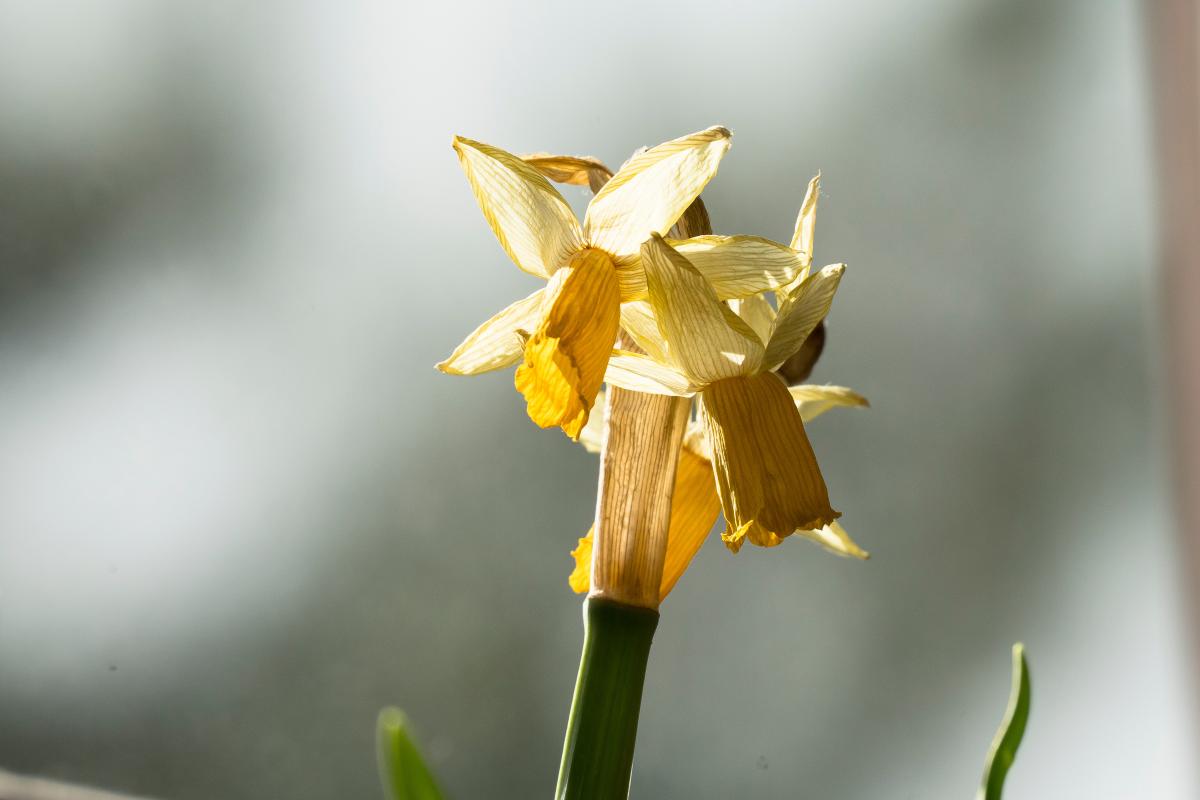After each flush of spring-blooming daffodils, we should assess how well our daffodils performed, and if there was not a lot of bloom, think about what to do about it.
If the foliage looked healthy but the bloom was reduced, it may be time to divide them. Or give them a dose of a low nitrogen organic fertilizer, which stimulates root development. You can also scratch into the soil a little wood ash from a fireplace. This is because potash helps bulbs replenish themselves so that they are stronger and able to flower more next year.
Always deadhead spring bulbs after they finish blooming or they will put their energy into setting seed, which limits their rejuvenation. But always leave the ripening foliage on the plant until it dies down completely and browns enough to be pulled off with a gentle tug.
Also, look at all of your groups of planted bulbs and assess if and where you should add any extras. For example, do you have enough for each of the early-, mid-, and late-season flowerings? Make a note so that you know what to buy next fall to increase the impact of your entire spring display. Remember that the late bloomers (many of these cluster on the stems) are especially fragrant.
This is Moya Andrews, and today we focused on tired daffodils.










